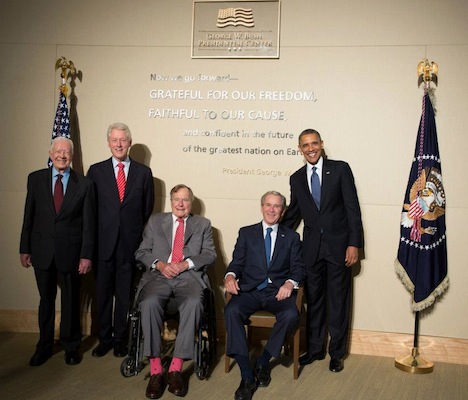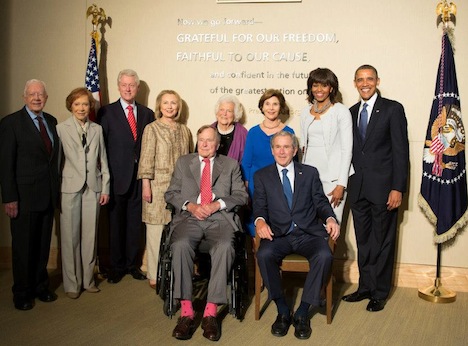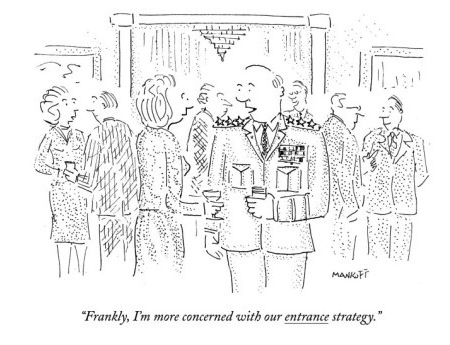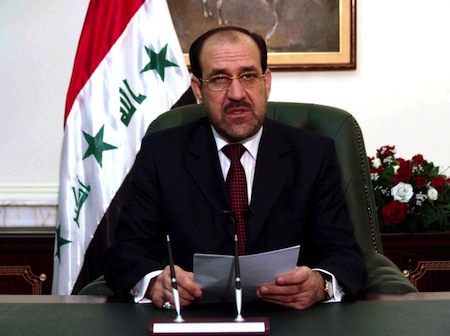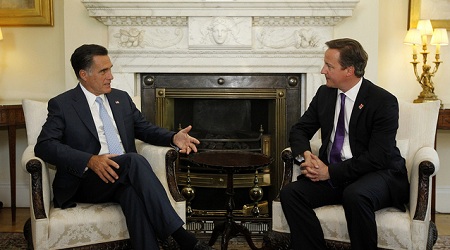In 1995, months before the administration of U.S. president Bill Clinton found a peaceful solution at the Dayton peace talks to end the ethnic cleansing that had plagued Bosnia-Herzegovina for the previous four years, it found itself in the rare position of colluding with Iran to save Bosnian lives. ![]()
![]()
At the time, the United States was unable, under a United Nations arms embargo that prohibited the shipment of arms to any parties in the ongoing Bosnian civil war, to provide Bosnian Muslims with the arms necessary to protect themselves from Serbian aggression. The U.S. government suddenly found the Islamic Republic a useful ally. Iran, lacking the same qualms of violating the U.N. embargo as a permanent member of the U.S. Security Council, happily shipped clandestine weapons to Bosnian Muslims, a move that Clinton-era officials tacitly encouraged in public on the pages of The New York Times:
A senior Administration official insisted today that the White House neither approved nor endorsed the Iranians’ actions. But after months in which President Clinton and his aides have been unable to persuade American allies to allow arms to flow legally to the Bosnian Muslims, one adviser to Mr. Clinton called Teheran’s motivations in making the shipments “understandable.”
The new flow of arms and ammunition has not yet put Bosnian Muslim forces on the same plane as their better-armed Bosnian Serb rivals, Administration officials said. But with the shipments of small arms, ammunition and anti-tank weapons amounting to perhaps hundreds of tons, they said it had made the Bosnian Government a more formidable force as a four-month-old cease-fire is about to expire.
Two months after the Times reported the critical role Iran, then in the final years of the presidency of Hashemi Rafsanjani, was playing to save Bosnian lives, Clinton signed an executive order banning U.S. businesses from trading with the Iranian government and implementing sanctions on oil and other trade with Iran. It was a missed opportunity to thaw the 16-year diplomatic rupture with the United States.
Fast forward six years to the presidency of liberal reformer Mohammed Khatami shortly after the horrific al-Qaeda terrorist attacks on the United States in September 2001. Within weeks, the United States pushed the radical Taliban from power, and it did so on the strength of the Northern Alliance, a group that had not only received material support from Tehran in the years leading up to 2001, but had also received Tehran’s tacit encouragement to work with the United States. The Shiite government in Iran had much reason to be wary of both the radical Sunni, militant al-Qaeda, with its roots in the Arabian Peninsula to Iran’s west and the destabilizing Taliban to Iran’s east that had sent thousands of refugees into Iran by 2001. But it was also another fertile opportunity for U.S.-Iranian relations, just months after Khatami secured an easy reelection. As the Christian Science Monitor reported in October 2001:
Iran, which admitted last week that it has directed covert military and logistical support to the embattled Northern Alliance, also backs a transitional government that would give way to what one Foreign Ministry official has described as “a broad-based government set up under UN auspices.”
Iran’s reward at the time? Bush included it in his three-country ‘axis of evil’ alongside North Korea and Iraq in January 2002.
Now fast-forward to last weekend. During his inauguration on Sunday, Iran’s new president Hassan Rowhani urged a largely conciliatory and moderate course , contrasting sharply to the defiant, anti-American, anti-Israeli rhetoric of his predecessor Mahmoud Ahmadinejad. But as Rowhani (pictured above, right, with Supreme Leader Ali Khamenei) gets down to the business of governing Iran, U.S. officials should realize that Iranian leaders feel like they have been burned by the United States before. Continue reading As Rowhani takes power, U.S. must now move forward to improve U.S.-Iran relations

